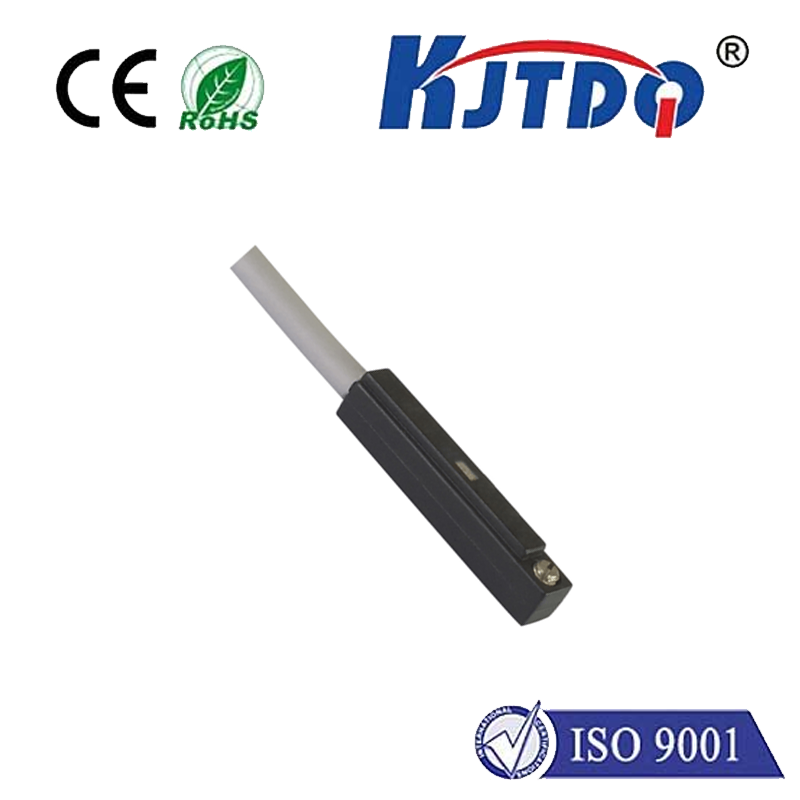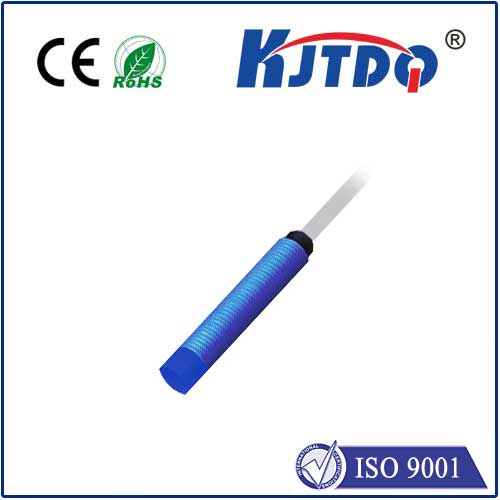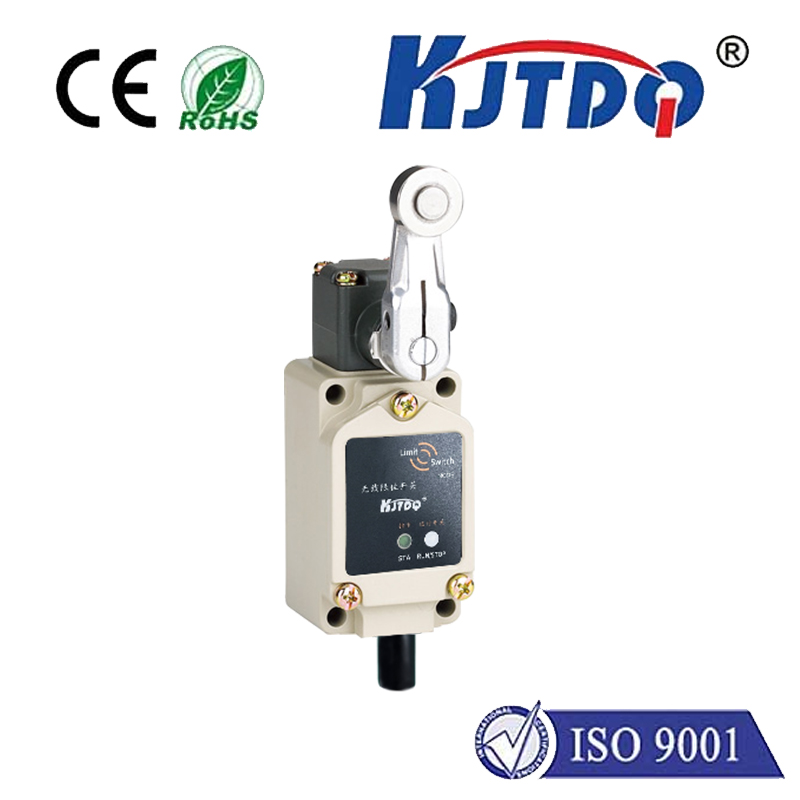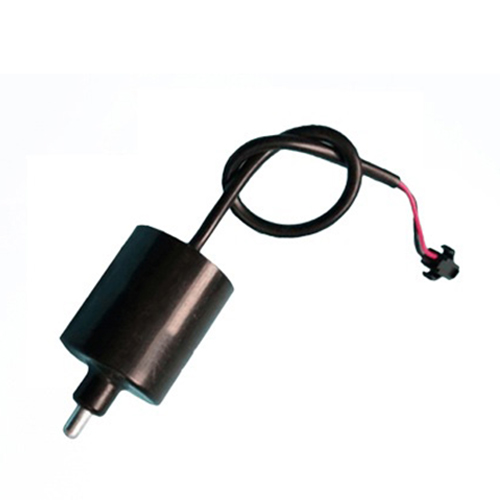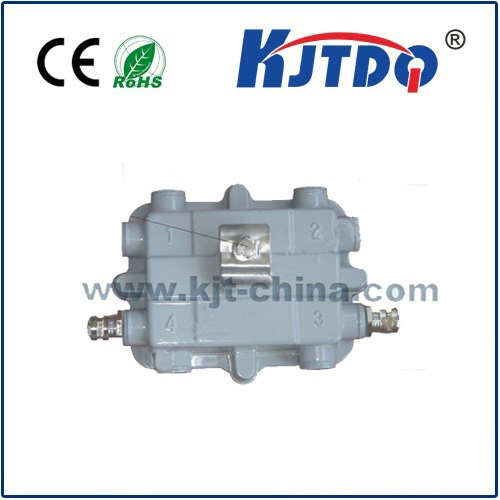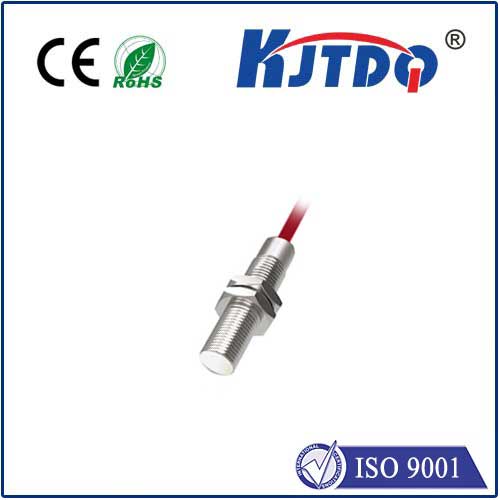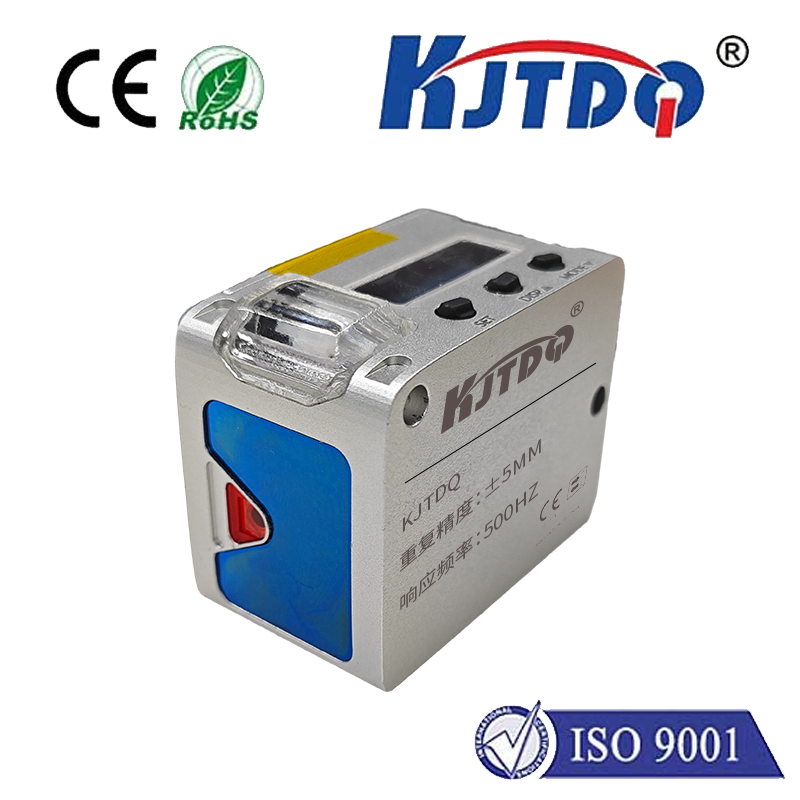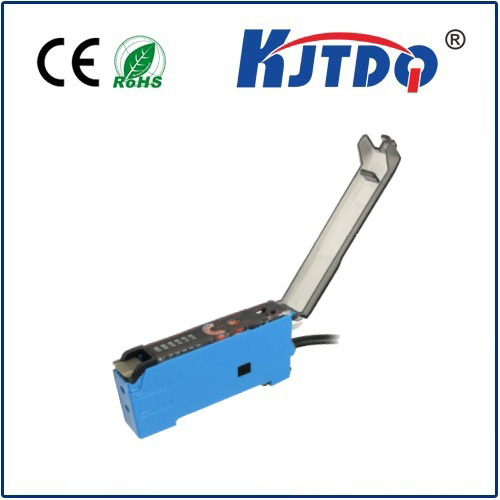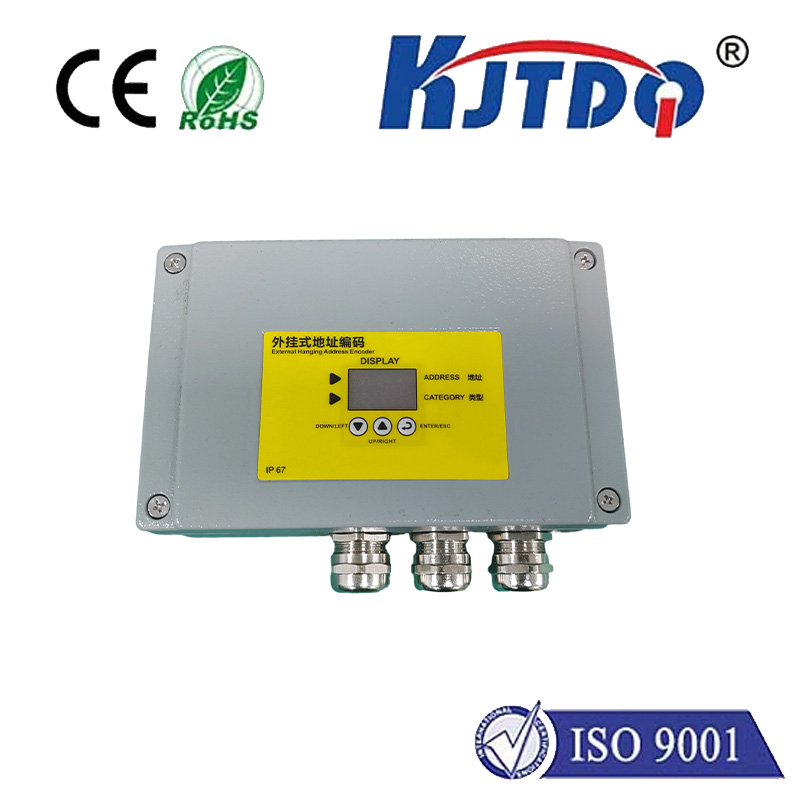8108 limit switch
- time:2025-09-12 03:26:22
- Click:0
8108 Limit Switch: The Unseen Guardian of Industrial Motion Control
Imagine a critical machine operating at high speed. What prevents its moving parts from crashing disastrously beyond their intended path? Often, the silent hero ensuring such safety and precision is an unassuming component like the 8108 limit switch. This ubiquitous industrial workhorse plays a pivotal role in countless applications, from towering cranes to intricate assembly lines, acting as the definitive “stop” or “go” signal based on physical position. Understanding the 8108 limit switch isn’t just about a part number; it’s about grasping a fundamental principle of reliable automation.
What Exactly is an 8108 Limit Switch?
At its core, an 8108 limit switch (sometimes simply called an industrial limit switch) is an electromechanical device designed to detect the presence or absence of an object, or to monitor the limits of travel of a machine component. It typically consists of:
- A Robust Housing: Constructed from durable materials like metal or high-grade thermoplastics to withstand harsh industrial environments – think oil, dust, moisture, and impact.
- An Actuator: This is the physical part that gets “pushed,” “rolled over,” “rotated,” or otherwise moved by the target object or machine part. Common types include levers (sometimes adjustable), plungers (push rods), or rollers.
- Electrical Contacts: Sealed inside the housing, these contacts open or close an electrical circuit when the actuator moves. They are often positively-driven or snap-action, meaning they change state quickly and reliably to prevent arcing and ensure a clean electrical signal (crucial for PLCs and control systems).
- Terminals: For connecting the switch into the machine’s control wiring.
The Fundamental Principle: Switching Based on Position
The magic lies in its simplicity:

- Movement Detection: A machine part or object physically contacts the switch’s actuator.
- Mechanical Action: This contact force moves the actuator internally.
- Electrical Change: The movement inside the switch forces its internal electrical contacts to snap open or closed.
- Signal Sent: This change in the electrical circuit state (e.g., opening a normally closed contact or closing a normally open contact) sends a clear signal to the machine’s controller (like a PLC). The controller interprets this signal as a command, such as “stop the motor,” “reverse direction,” “part present,” or “end of travel reached.”
Why the 8108 Design Stands Out
While “8108” often refers to a common style or form factor popularized by major manufacturers like Honeywell (Micro Switch) or Cherry, rather than a single universal specification, this design has earned its place through key features:
- Proven Reliability: Decades of use across diverse industries attest to its robust construction and dependable switching action. Snap-action contacts are a hallmark, minimizing contact bounce and ensuring consistent signal integrity.
- Versatility in Mounting: The compact, often rectangular housing with standardized mounting holes allows for flexible installation in tight or complex machinery layouts.
- Actuator Options: The availability of various actuators – long levers, short levers, roller levers (front, side, or top roller), plungers, and whisker types – makes the 8108 adaptable to detect different types of motion (linear, rotary) and object shapes.
- Environmental Protection: Many models come with effective IP (Ingress Protection) ratings (like IP65, IP67), indicating resistance to dust and water jets, essential for demanding factory floors or outdoor applications.
- Electrical Ratings: Designed to handle typical control circuit voltages (e.g., 24VDC, 120VAC, 240VAC) and currents comfortably, suitable for directly interfacing with PLC inputs or controlling small relays/solenoids.
Where You’ll Find the 8108 Limit Switch in Action
The applications for an 8108 limit switch are vast and critical:
- Machine Tooling: Defining the safe travel limits of milling machine tables, lathe carriages, presses, and robotic arms. Preventing over-travel protects expensive tooling and workpieces.
- Material Handling: Monitoring positions on conveyor systems (start, stop, jams), detecting gate positions on automated guided vehicles (AGVs), verifying pallet presence on lifts, and signaling the end position of crane trolleys or hoists. Crucial for safety interlocks on moving platforms.
- Packaging Machinery: Confirming case or carton presence for filling, detecting film position on wrappers, and signaling the completion of a sealing cycle. Ensures synchronized operation.
- Door and Gate Control: Sensing the fully open or fully closed position of large industrial doors, bay doors, security gates, and elevator doors. Provides position verification for safety systems.
- Process Control: Acting as a simple level indicator (e.g., bin high level) or confirming the position of valves and dampers.
- Automotive Manufacturing: Used extensively on assembly lines for position sensing on welding robots, part transfer mechanisms, and fixture clamps.
Selecting and Maintaining Your 8108 Limit Switch
Choosing the right 8108 variant ensures longevity and performance:
- Actuator Type: Match it to the motion and force of the target object. A heavy machine part might need a rugged roller lever, while a small cam might use a plunger.
- Electrical Requirements: Ensure the switch’s voltage, current rating (both AC and DC), and contact configuration (SPDT, DPDT, Normally Open, Normally Closed) match your control circuit needs.
- Environment: Select the appropriate IP rating. A washdown area needs IP67 or higher, while a clean panel might only require IP40.
- Operating Force: The force needed to actuate the switch should be compatible with the moving part.
- Durability: Consider mechanical life (number of operating cycles) specifications based on application duty.
Maintenance is typically straightforward but vital for continued reliability:
- Regular Inspection: Visually check for physical damage, loose mounting, or excessive wear on the actuator or moving parts.
- Cleaning: Keep the actuator area free of excessive grime, oil, or debris buildup that could impede movement.
- Functional Check: Periodically verify the switch is reliably signaling at the correct position during machine operation or during maintenance cycles. Listen for the characteristic “click” or monitor the control signal.
The Essential Component for Controlled Movement
While often overlooked, the 8108 limit switch exemplifies a fundamental truth in automation: reliable position sensing is non-negotiable for safety, precision, and efficiency. Its robust design, versatile configuration options, and proven track record make it a cornerstone component in machinery worldwide. Whether ensuring a conveyor stops exactly where it should, preventing a hydraulic press from over-extending, or confirming a safety gate is securely locked, the 8108 limit switch performs its vital function millions of times daily, reliably and effectively, as the definitive sentinel of mechanical travel. Understanding its role empowers maintenance personnel, engineers, and system integrators to build and maintain safer, more reliable automated systems.






